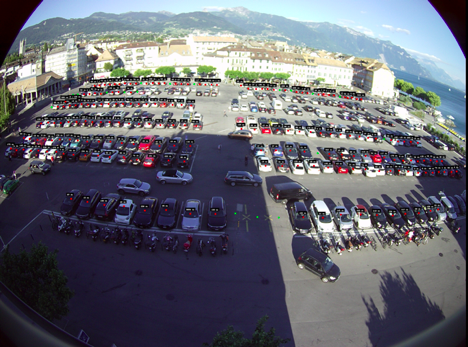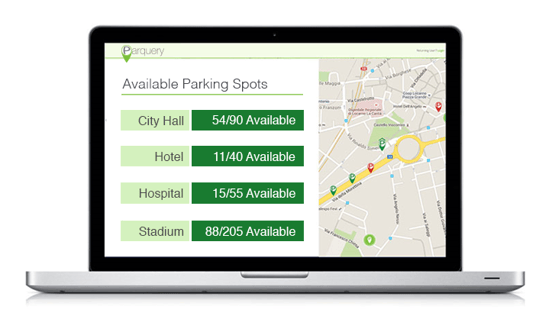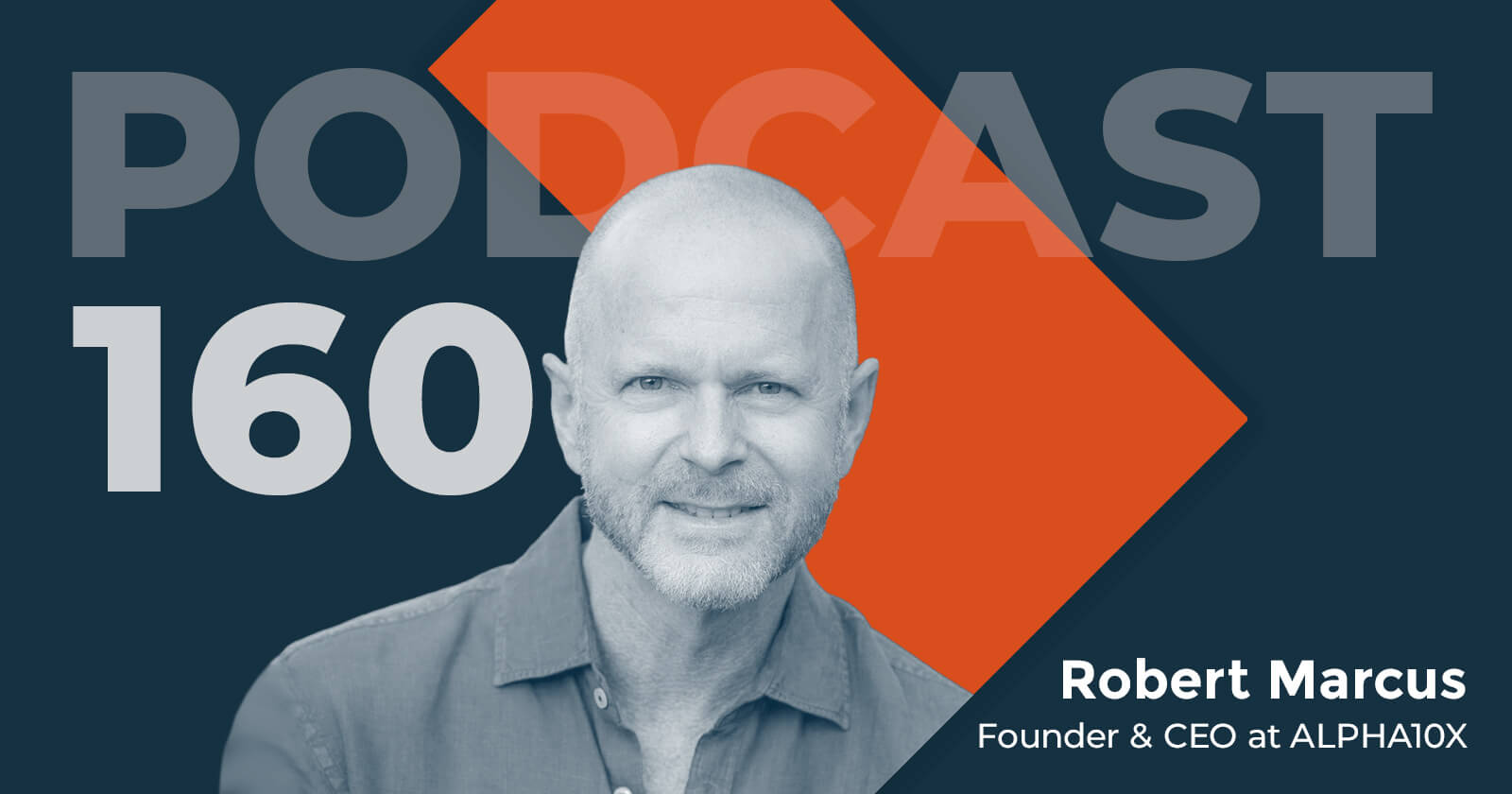Insight Vector: Parquery Camera Technology Beats Sensors for Smart City Parking Solutions
Ken Forster

The challenge of parking in crowded urban areas such as train stations, airports and universities is one that most people have experienced personally. IoT technology offers a means to alleviate some of the frustration through the provision of real time insights into parking occupancy. Momenta portfolio company Parquery is a Swiss start-up enabling smart parking solutions using images and computer vision software to detect real-time on-street parking vacancy. We spoke to Parquery's CEO and cofounder, Dr. Andrea Fossati to find out more.
|
|
Dr. Andrea Fossati
CEO and Co-Founder |
Can you share your background?
My background is very academic, I was computer vision for 13 years, and got a PhD in Lausanne and thought academia would be an interesting path. After a few years I realized that academia was too abstract and I wanted to do something more concrete. Angela (a fellow lab coworker) and I decided that we really wanted to do something more concrete.
It all started with a walk in front of ETH (University) in Zurich. There were a lot of cars looking for parking spaces and people looking for space. We got an idea and asked a couple of cities in Switzerland to put up motion activated cameras that are typically used for game hunting. We recorded a couple of weeks of material on twenty cameras and analyzed the data.
The idea grew into action. We got a couple of grants from ETH and European Council and started in Parquery in 2014. We started with a small team early on, and in 2016 we took on our first investor and moved our office and became a formal company.
What is unique about traffic data, and what types are techniques collect the data?
At the very core is image analysis software. The idea is to leverage cameras and low cost hardware and combine this with algorithms that run in the cloud. We don’t need a connection, we just do image analysis. We take pictures over time to generate data insights.

This is is a large image from one of our cameras. As you can see, a mere two cameras can cover the entire parking lot. We are able to overlay the amount of minutes each car has been staying. Where there is no overlay, the second camera monitors that there are cars that don’t have an overlay. Large commercial centers are a great target for this kind of technology because a few cameras are better than hundreds of sensors.
What are the key use cases and users?
Our customers are anyone that owns parking lots such as supermarkets or airports. We have found three main use cases:
- Data for owners to understand usage and historical trends which are very hard to get. We had a project with a supermarket and they didn’t know if they wanted to expand to a second floor or use some of the extra parking lot space. The analysis found the lot was typically only 40% full, so they were able to expand the store footprint at lower cost than building a second story.
- The second use case is providing data to the drivers. There are LED panels that will show how many open parking spots there are so that people can spend less time in their cars looking for a spot. The data can be delivered by app or in car navigation system.

- The third use case is enforcement and control. In the parking lot photo detailed above, people have to pay based on the actual parking space and this makes it more efficient. There is also a time limit for parking in some cases, and the city can tell of someone is staying too long. This same use case is valid for commercial centers where the owners want to prevent people from improper usage of their lot.
What are some of the obstacles for new users?
We believe the market is there, but many customers are not aware that it’s even possible to monitor hundreds of spaces. The first step is to make companies aware that this approach is better and cheaper than sensors. Sometimes there’s skepticism about computer vision, yet the data we provide is very accurate because of AI and deep learning. There’s also sometimes concerns about privacy – but in these images there’s no license plates or faces of people and this requires some convincing.
How do you see the benefits of Parquery's solutions?
We want people to appreciate how powerful image data can be when it’s merged with other data from sensors. Parking data can be combined from multiple sources, and with images you can use computer vision for smart cities.
Are there some other types of use cases?
One very obvious use is truck parking and another is boat parking at marinas. We have a large project in France at the moment. Another surprising use case is for trains – we have a project with the German National Railway where they sublet to other companies to provide space for cargo and other trains. They did not have a way to facilitate this and ensure accurate occupancy details. Therefore, we put up five solar powered cameras and we provided occupancy data to the German Railways. There are other uses that we're exploring in the initial stages, including warehouse monitoring.
What is critical to your success?
Our expertise in computer vision is very deep, and we can work with any type of camera – all we need is the images to be delivered to us. We have projects all over the world deployed from our office in Zurich – this means our solutions are very agile and scalable. We currently reach 24 different countries with our project work.
Any resource recommendations?
There's an SF Park project running in San Francisco with an excellent report that provides a great overview of the benefits from this type of solution. If you can provide real time occupancy data you can provide dynamic pricing, traffic management and congestion mitigation. This benefits everyone.
Momenta Partners encompasses leading Strategic Advisory, Executive Search, and Investment practices. We’re the guiding hand behind leading industrials’ IoT strategies, over 100 IoT leadership placements, and 17+ young IoT disruptors. Schedule a free consultation to learn more about our Connected Industry practice.





